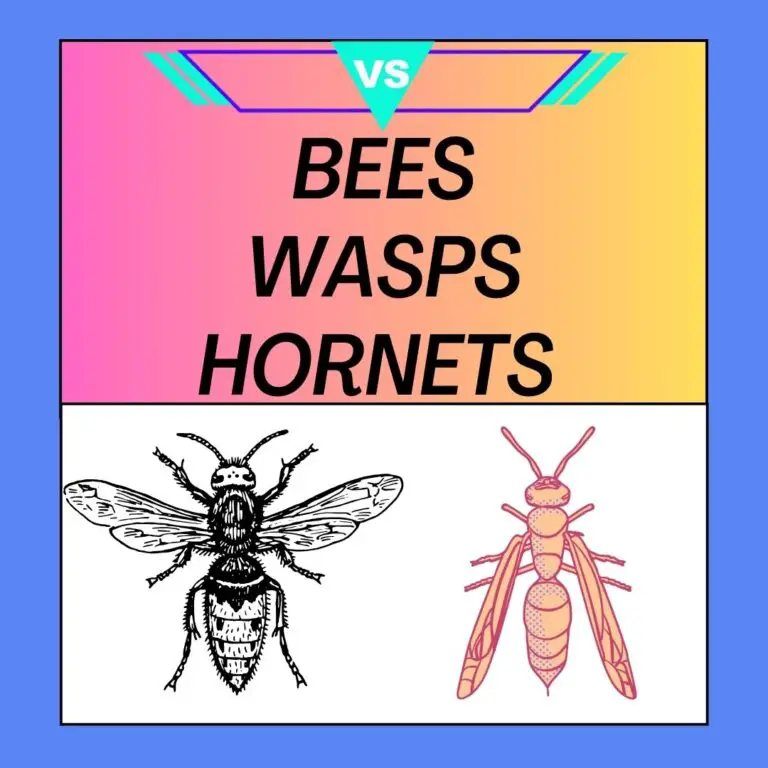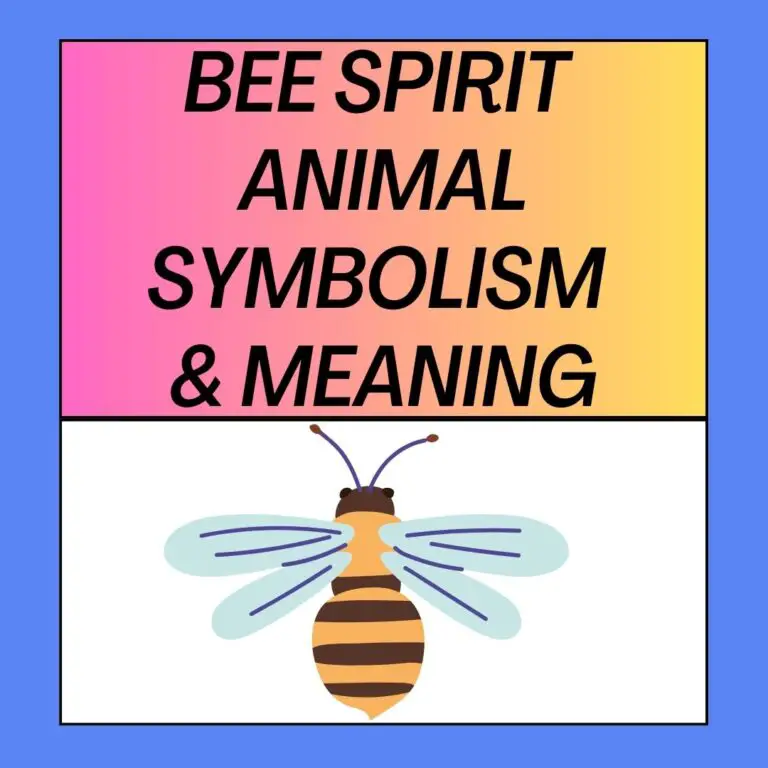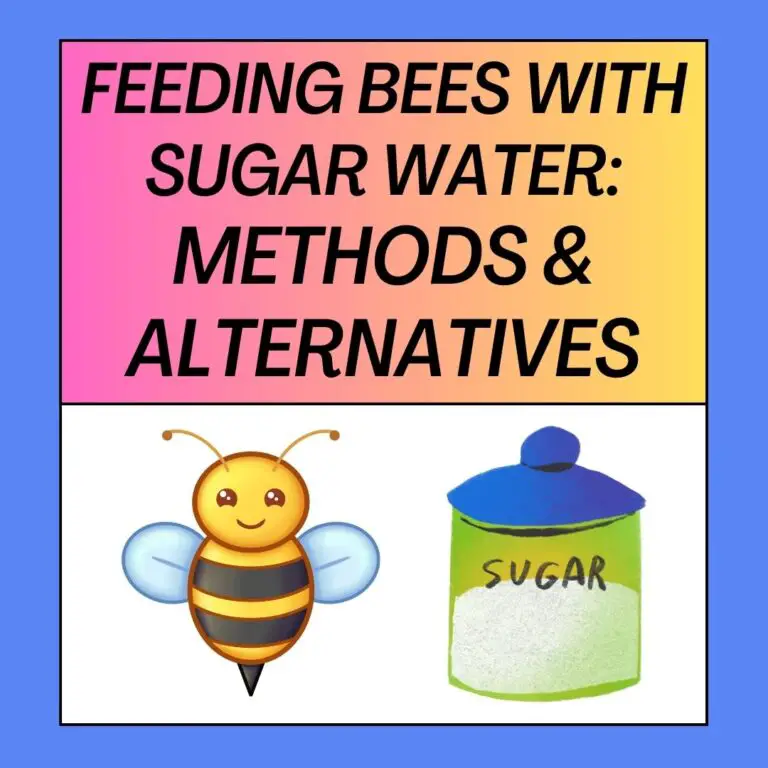
Beekeeper vs. Apiarist: Exploring the Distinctions: The world of beekeeping and apiculture is rich and fascinating, filled with intricate activities centered around the care and management of honeybee colonies. Within this realm, two terms often emerge: “beekeeper” and “apiarist.” While they both pertain to the practice of beekeeping, there exist subtle distinctions that set them apart. This comprehensive exploration’ll delve into the roles, responsibilities, and connotations associated with being a beekeeper versus an apiarist. Whether you’re an aspiring bee enthusiast or a seasoned pro, understanding these differences will deepen your appreciation for the world of bees.
Beekeeping: A Time-Honored Craft
The Beekeeper’s Role
A Beekeeper primarily focuses on the practical aspects of beekeeping. This role encompasses the day-to-day management and care of honeybee colonies. Beekeepers tend to their bees, ensuring their health, safety, and productivity. Their duties include hive inspections, honey harvesting, disease prevention, and the general well-being of the bee colony.
Responsibilities of a Beekeeper:
- Hive Maintenance: Beekeepers are responsible for maintaining beehives, which includes assembling and repairing hive components such as boxes, frames, and foundations.
- Colony Health: Monitoring the health of bee colonies is crucial. Beekeepers must be vigilant in identifying signs of disease, parasites, or stress among their bees.
- Harvesting Honey: One of the most rewarding aspects of beekeeping is the harvesting of honey. Beekeepers must carefully extract honey while ensuring the colony has enough food reserves for the winter.
- Swarm Management: Beekeepers must address swarming, the natural process of colony division, to prevent the loss of bees and to capture swarms when they occur.
- Pest Control: Keeping colonies safe from pests like Varroa mites is a constant concern. Beekeepers employ various pest management techniques to protect their bees.
The Beekeeper’s Perspective
Beekeeping embodies a hands-on approach to bee management. Beekeepers often view their work as a craft, deeply rooted in tradition and practicality. They take pride in their ability to nurture bee colonies, produce honey, and contribute to pollination efforts. For many beekeepers, their connection with bees is both a hobby and a source of sustenance.
Apiariculture: The Science of Beekeeping
The Apiarist’s Role
An Apiarist, on the other hand, is typically associated with a more scientific or academic approach to beekeeping. Apiarists delve into the study and understanding of bees, their behavior, genetics, and ecology. While they may engage in practical beekeeping, their focus extends to research, education, and the development of bee-related technologies and practices.
Responsibilities of an Apiarist:
- Research: Apiarists often conduct research to better comprehend bee biology, behavior, and health. Their work may lead to advancements in beekeeping techniques and the development of bee-friendly technologies.
- Education: Many apiarists share their knowledge through teaching and outreach. They educate beekeepers, the public, and future generations about the importance of bees and responsible beekeeping practices.
- Conservation: Apiarists may be involved in efforts to conserve and protect bee populations, especially those threatened by habitat loss, pesticides, and climate change.
- Bee Genetics: Understanding bee genetics is crucial for breeding bees with desirable traits, such as disease resistance or honey production. Apiarists may engage in selective breeding programs.
- Innovations: Apiarists contribute to the development of innovative beekeeping equipment, hive designs, and bee health monitoring tools.
The Apiarist’s Perspective
Apiariculture reflects a more holistic and scientific approach to bee management. Apiarists view bees not only as a source of honey and pollination services but also as a subject of study and conservation. Their work is often at the forefront of addressing challenges facing honeybee populations, such as colony collapse disorder and pollinator decline.
Bridging the Gap: The Beekeeping Spectrum
It’s important to note that the line between beekeeper and apiarist isn’t rigid but rather exists along a spectrum. Some individuals may engage in both practical beekeeping and scientific research, blurring the boundaries between these roles. Here are a few examples of how the roles can intersect:
- Backyard Beekeepers: These individuals tend to a small number of hives in their backyards, primarily for the joy of beekeeping and honey production. While they may not consider themselves apiarists, they still contribute to the understanding and conservation of bees.
- Commercial Beekeepers: Large-scale beekeepers who manage hundreds or thousands of hives often adopt a more practical approach. However, they also engage in research and innovation to maximize honey production and colony health.
- Apiary Scientists: These individuals are dedicated to bee research but may also maintain colonies for experimentation. Their work bridges the gap between pure research and practical beekeeping.
differences between a beekeeper and an apiarist table:
| Aspect | Beekeeper | Apiarist |
|---|---|---|
| Primary Focus | Practical beekeeping, hive management, and honey production | Bee research, education, conservation, and technology development |
| Responsibilities | Hive maintenance, colony health, honey harvesting, swarm management, pest control | Research, education, conservation efforts, selective breeding, innovations |
| Perspective | Hands-on approach, craft, tradition, and practicality | Holistic and scientific approach, research-driven, ecological perspective |
| Connection with Bees | Deeply involved in bee colonies, often as a hobby and livelihood | Study bees as subjects, often with a broader ecological perspective |
| Knowledge Emphasis | Practical knowledge of hive management, bee behavior, and beekeeping techniques | In-depth understanding of bee biology, genetics, and ecology |
| Outreach and Education | Limited to sharing practical beekeeping knowledge and experiences | Focus on educating beekeepers the public, and conducting outreach |
| Conservation Efforts | Typically not a primary focus, but may adopt bee-friendly practices | Often engaged in efforts to conserve bee populations and habitats |
| Hive Scale | Varies from small-scale, backyard beekeeping to large commercial operations | May maintain hives for research, conservation, or teaching purposes |
| Innovations | Primarily concerned with optimizing honey production and colony health | Contributes to the development of beekeeping technologies and practices |
| Role in Bee Health | Monitors colony health and prevents disease and pest infestations | Researches and develops strategies for improving bee health |
| Relationship with Bees | Practical caretaker of bees fosters bee colonies for honey production | Sees bees as subjects of study and conservation works to protect bee populations |
| Approach to Beekeeping | Practical, hands-on, and tradition-based approach | Holistic, research-driven, and conservation-oriented approach |
| Career or Hobby | It can be a hobby, livelihood, or both | Often, a career in research, education, or conservation |
Please note that this chart provides a general overview, and there can be individuals who blend aspects of both roles, occupying a middle ground on this spectrum of beekeeping and apiculture.
Conclusion
Whether you identify as a beekeeper, an apiarist, or something in between, your role in beekeeping is valuable. The world of bee management is vast and multifaceted, encompassing both the practical and the scientific. Ultimately, the well-being of honeybee colonies and the sustainability of bee populations depend on the collective efforts of those who tend to bees and those who seek to understand and protect them. Beekeeping and apiculture, in all their forms, are crucial for ensuring the health and vitality of these essential pollinators and the ecosystems they support.
(FAQs) About beekeepers and apiarists
1. What is the main difference between a beekeeper and an apiarist?
- Beekeeper: Beekeepers primarily focus on practical aspects of beekeeping, such as hive management, honey production, and pest control. They often manage bees as a hobby or for livelihood.
- Apiarist: Apiarists are more focused on bee research, education, conservation, and technology development. They study bees as subjects and may have a broader ecological perspective.
2. What are the main responsibilities of a beekeeper?
- Beekeepers are responsible for maintaining beehives, ensuring colony health, harvesting honey, managing swarms, and controlling pests and diseases.
3. What are the main responsibilities of an apiarist?
- Apiarists engage in bee research, educate beekeepers and the public, and often work on conservation efforts to protect bee populations and their habitats. They may also be involved in selective breeding and developing innovative beekeeping technologies.
4. Is there a difference in the perspective of beekeepers and apiarists?
- Yes, beekeepers often have a hands-on, traditional, and practical perspective, whereas apiarists approach beekeeping holistically and scientifically, with a focus on research and ecology.
5. What type of knowledge do beekeepers emphasize?
- Beekeepers emphasize practical knowledge of hive management, bee behavior, and beekeeping techniques to ensure the well-being of their colonies and maximize honey production.
6. What type of knowledge do apiarists emphasize?
- Apiarists focus on in-depth understanding of bee biology, genetics, and ecology. They conduct research to gain insights into bee populations and their conservation.
7. Do beekeepers engage in outreach and education?
- Beekeepers may share practical beekeeping knowledge and experiences but typically have limited outreach beyond the beekeeping community.
8. What is the role of apiarists in outreach and education?
- Apiarists play a significant role in educating beekeepers, the public, and conducting outreach programs to raise awareness about bee conservation and the ecological importance of bees.
9. Do beekeepers contribute to conservation efforts?
- While beekeepers may adopt bee-friendly practices, conservation is not typically their primary focus.
10. What is the main focus of apiarists in terms of conservation?
- Apiarists are often actively engaged in efforts to conserve bee populations, protect their habitats, and promote pollinator-friendly farming practices.
11. Do beekeepers manage hives on a large scale?
- Beekeeping scale varies, from small-scale, backyard beekeeping to large commercial operations.
12. What kind of innovations do beekeepers typically contribute to beekeeping?
- Beekeepers primarily focus on optimizing honey production, improving colony health, and developing practical beekeeping techniques.
13. What kind of innovations do apiarists contribute to the field?
- Apiarists contribute to the development of beekeeping technologies, practices, and strategies for improving bee health.
14. How do beekeepers view their relationship with bees?
- Beekeepers often see themselves as practical caretakers of bees, fostering bee colonies for honey production.
15. How do apiarists view their relationship with bees?
- Apiarists see bees as subjects of study and conservation, working to protect bee populations and understand their role in ecosystems.
16. Is beekeeping a career or hobby for beekeepers?
- Beekeeping can be either a hobby, a livelihood, or a combination of both for beekeepers.
17. Is being an apiarist typically a career or a hobby?
- Apiarists often pursue bee-related careers in research, education, conservation, or technology development.
Please note that these FAQs provide a general overview, and individuals may blend aspects of both roles, occupying a middle ground between traditional beekeeping and apiarist practices.






